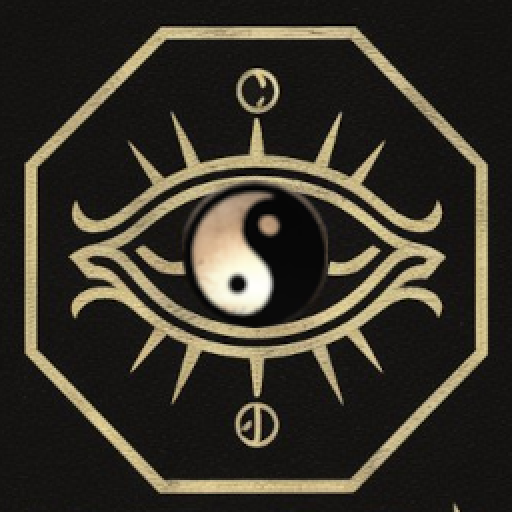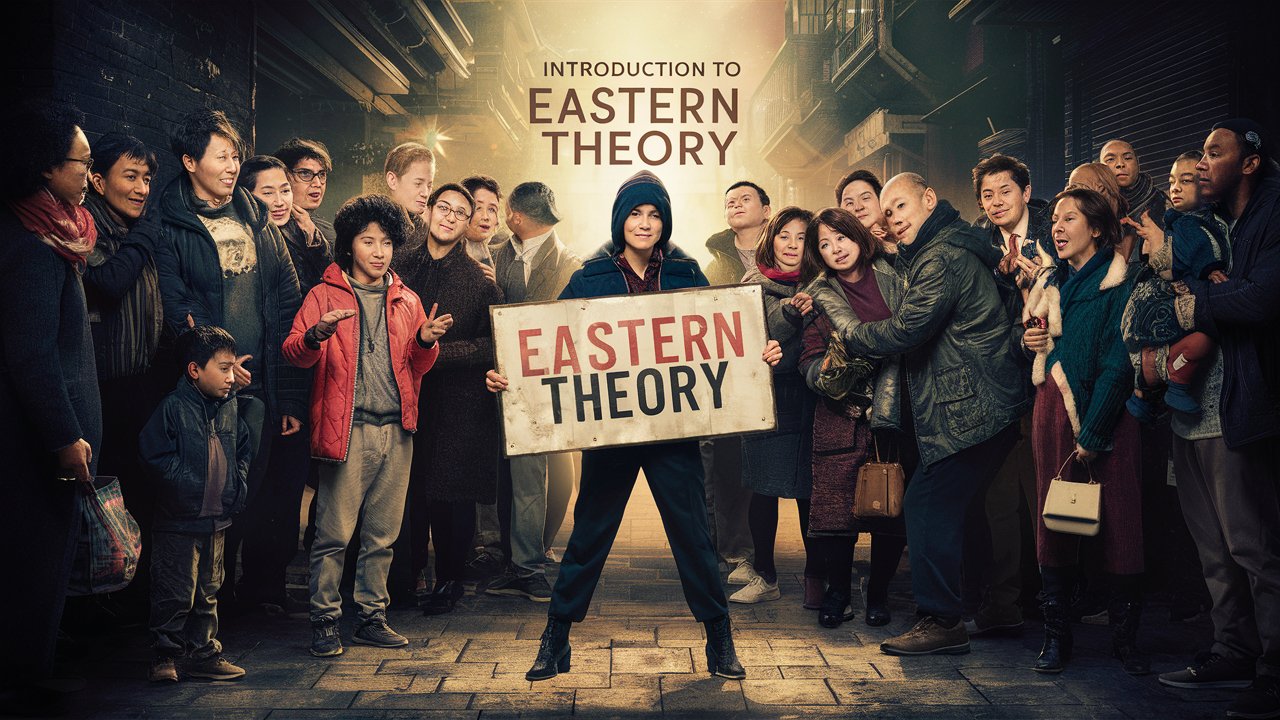AI-Powered Technology Providers https://apps.mysticomni.com/dreamanalysis
Original
人请饮酒主长命 与人饮酒有口舌 与人吃会富贵至 宴会客人家欲破
饮酒者主哭泣事 饮酒至醉主疾病 贵人赐宴主疾病 与贵人对饮大吉
人请吃酥酪主喜 与人吃乳尊亲至 与人吃蜜大吉利 呕吐者病人出痊
食水者主很大利 死人食者主疾病 食羊肉于堂上吉 食大肉主有争讼
食猪肉主疾病至 刀割猪肉主生病 食生肉凶熟肉吉 食自死肉主别离
食鹅肉主妾疾病 食鸡鸭等肉皆吉 食馒头主口舌散 见馒头未食主气
食烂瓜主生疾病 食饼食饭心不遂 食瓜子主生贵子 食柿食柑主疾病
食葡萄离而复合 食枣者主生贵子 食桑甚主生贵子 食栗者主有分别
食梨者主失财帛 食一初果者凶至 食茄者主妻有子 食葱韭主有争斗
食薤者有重丧至 食蒜者有灾害事 食菜黄主凶事至 食油盐酱酸豉吉
Interpretation
Translation:
Being invited to drink foretells a long life. Drinking with others foretells disputes. Sharing a meal foretells wealth and honor. Hosting a banquet may foretell the depletion of one’s resources.
Drinking alcohol foretells matters of sorrow. Becoming drunk foretells illness. A noble’s feast foretells illness. Drinking with a noble is very auspicious.
Being offered dairy products foretells joy. Sharing dairy foretells the arrival of respected relatives. Sharing honey foretells great good fortune. Vomiting foretells recovery from illness.
Drinking water foretells great benefit. Eating food at a funeral foretells illness. Eating mutton in the hall is auspicious. Eating large portions of meat foretells disputes.
Eating pork foretells illness. Cutting pork foretells falling ill. Eating raw meat is ominous, while cooked meat is auspicious. Eating meat from a self-dead animal foretells separation.
Eating goose meat foretells illness for a concubine. Eating chicken, duck, or other poultry is auspicious. Eating steamed buns foretells the end of disputes. Seeing steamed buns but not eating them foretells anger.
Eating rotten melon foretells illness. Eating pancakes or rice foretells unfulfilled desires. Eating sunflower seeds foretells the birth of a noble child. Eating persimmons or oranges foretells illness.
Eating grapes foretells separation and reunion. Eating dates foretells the birth of a noble child. Eating mulberries foretells the birth of a noble child. Eating chestnuts foretells separation.
Eating pears foretells the loss of wealth. Eating a new fruit foretells misfortune. Eating eggplants foretells a wife will have a child. Eating onions or leeks foretells disputes.
Eating leeks foretells a heavy mourning. Eating garlic foretells disaster. Eating yellowed vegetables foretells misfortune. Eating oil, salt, soy sauce, and pickles is auspicious.
Cultural Explanation:
This passage reflects traditional Chinese beliefs about the symbolism of various foods and eating customs as omens for one’s future. Food has always played a central role in Chinese culture, and these beliefs are deeply rooted in the social and cultural practices of ancient times:
- Drinking and Longevity: Being invited to drink is seen as a sign of a long life, reflecting the social importance of sharing food and drink as a means of fostering relationships and well-being.
- Feasts and Disputes: Hosting or attending a banquet could have different implications, from predicting wealth and honor to foretelling the depletion of resources or disputes, indicating the complex social dynamics of feasting.
- Food and Health: Certain foods like pork, raw meat, and rotten melon were seen as signs of impending illness, while others like steamed buns and certain fruits were associated with good fortune and recovery.
- Fruits and Fortune: Eating fruits like grapes, dates, and mulberries had specific meanings related to relationships and the birth of noble children, reflecting the cultural significance of fertility and prosperity.
- Vegetables and Disputes: Eating certain vegetables like onions, leeks, and garlic was believed to foretell disputes or mourning, indicating the belief that even everyday food items could carry predictive power.
- Condiments and Harmony: Eating condiments like oil, salt, soy sauce, and pickles was seen as auspicious, suggesting that the flavors of life, both simple and complex, could contribute to harmony and good fortune.
Refs:
Uncovering the Mystery of Dreams: Eastern Theory
Uncovering the Mystery of Dreams: A Modern Interpretation of Ancient Oriental Art

